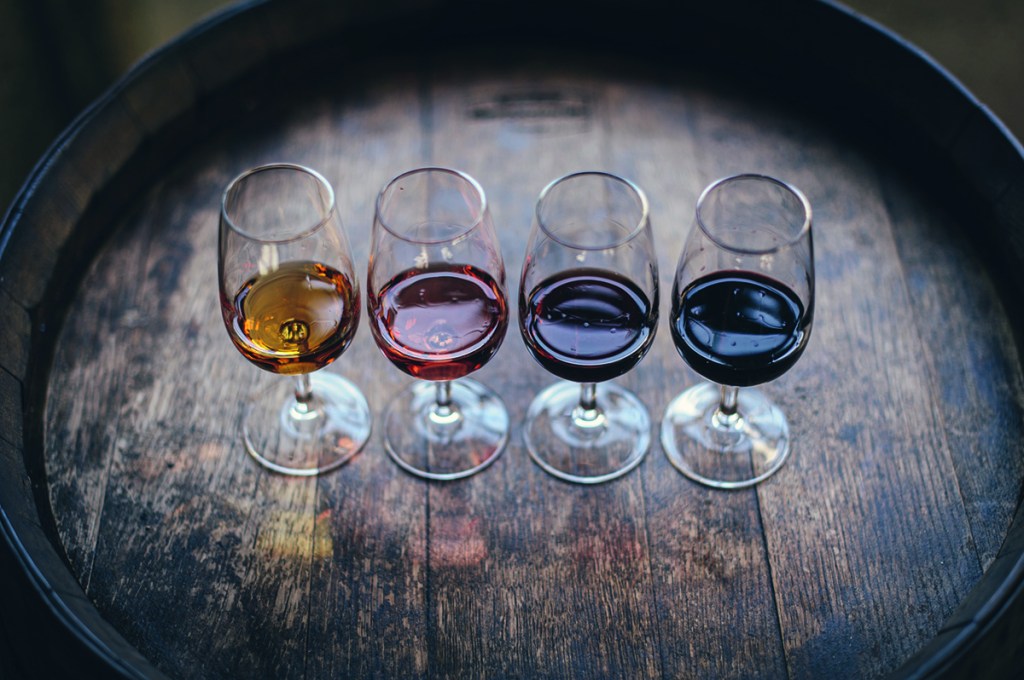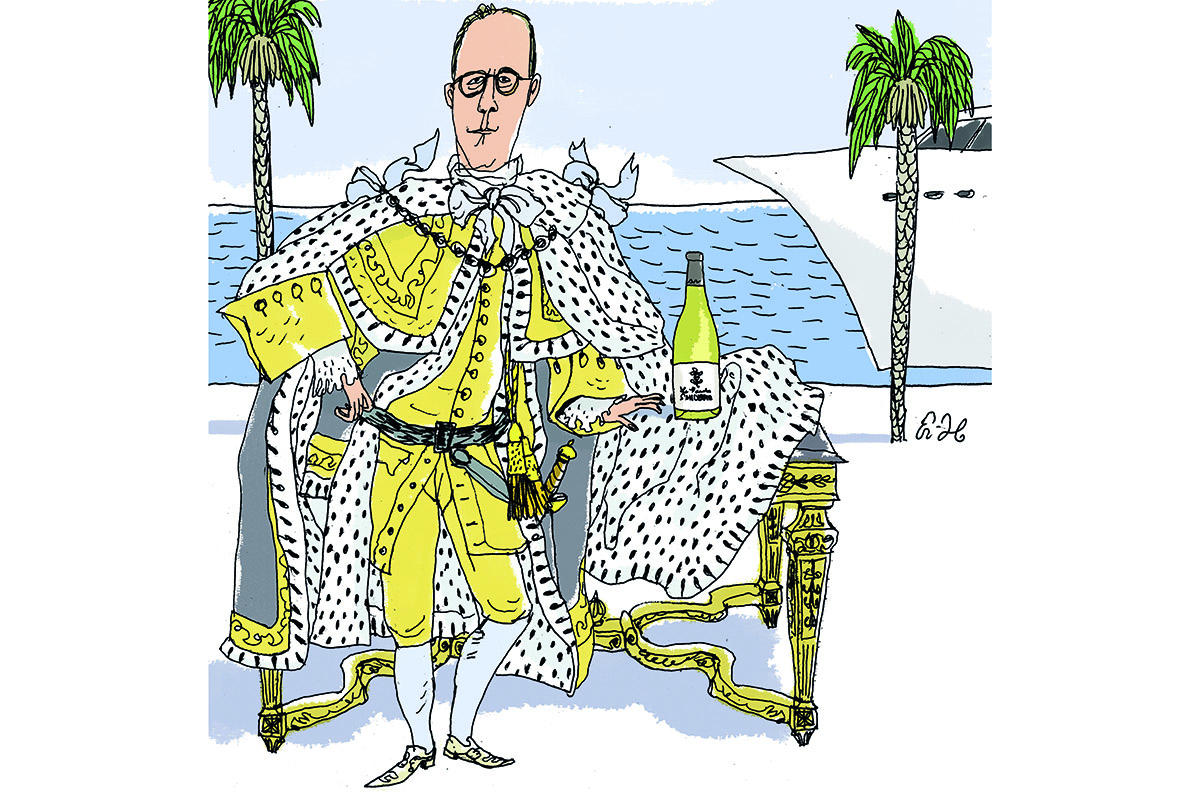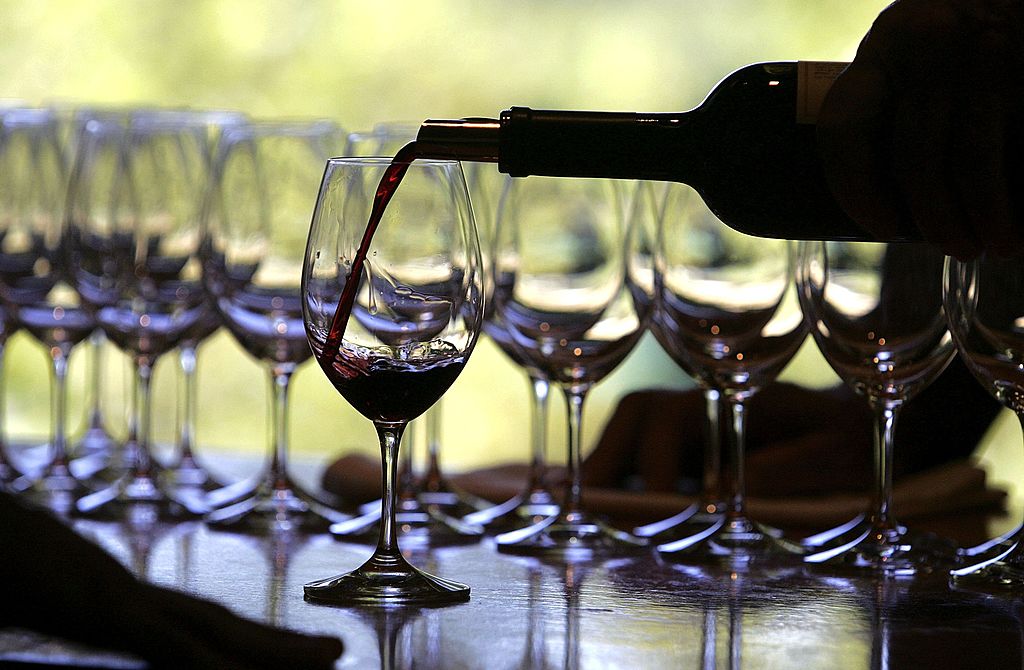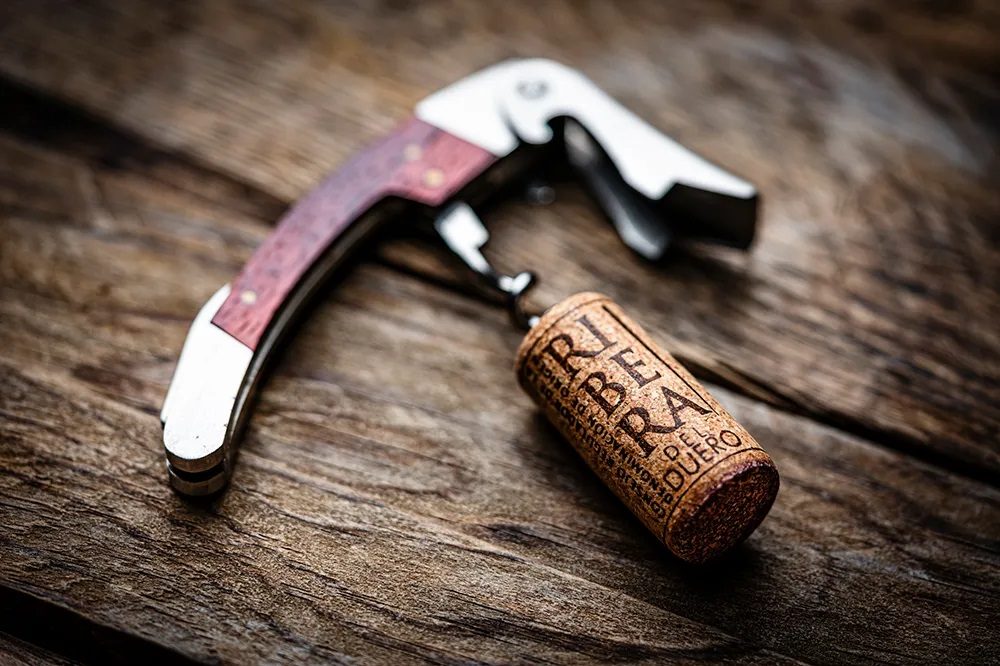I have had occasion to mention George Saintsbury’s classic, if quirky, Notes on a Wine-Cellar (1920) in this column before. Back then, it was to sample and swish about the mouth Saintsbury’s fondness — which I took to be a broader public fondness — for fortified wines like port, sherry, and Madeira.
I suspect that most of my readers, except when listening to Flanders and Swann, rarely give Madeira a second thought. And although afternoons were made for sherry, they were made for other things too. As for vintage port, we are wheeling into the season — Thanksgiving through New Year’s — when it comes into its own and gladdens the hearts of many. I am certainly counting on it to gladden the hearts of the serious thinkers chez Kimball at Thanksgiving and Christmas this year.
But I am getting ahead of myself. I mentioned the great Saintsbury, who knew everything there was to know about English prosody, not for his encomia to fortified wine but rather for his love letter to Burgundy.
I had advance warning, you see, that the Christmas food column would feature not turkey but goose. We’ve done that on occasion ourselves, though, hand on my heart, I have to confess that I love turkey. As my friend Mick is fond of saying, however, you can’t always get what you want, and goose, like ice in the Robert Frost poem, is also great, and will suffice.
The question then presents itself: what wine should you drink with it? A pinot noir is the standard answer, and the standard answer is correct. Pinot, when well made, has the clarity and the acidity to stand up to the adipose unctuousness of a well-cooked goose, and its complexity, all dark fruit and sensuous bruised lips, is the perfect complement to that somewhat gamine bird. It doesn’t have to be French. We once had the succulent 2016 “Silice” Oregon Pinot Noir from Bergström. It was splendid, and at about $75-$80 it is (as these things go) a veritable bargain.
This year, however, we are likely to travel to France. Saintsbury remarks that “if Claret is the Queen of natural [i.e., unfortified] wines, Burgundy is the king.” If you plan to peruse Notes on a Wine-Cellar, be sure to bring a handkerchief or some tissues. You will weep at the prices. Romanée Conti Domaine de la Romanée Conti, La Tache, Richebourg: he had them all, and for prices that would make you blush.“My last batch was a comparatively humble Corton of 1881, bought when it was nineteen years old for sixty-eight shillings a dozen…”
But I want to concentrate on another great, though admittedly more modest, burgundy, Chambertin. It was, Saintsbury tells us, Napoleon’s favorite wine. I am prepared to make it mine, too, at least for Christmas. It turns out that the old Corsican savored not only a whiff of grapeshot but also a whiff, as well as a swallow, of grapes.
There are lots of wines with “Chambertin” in their names. I recently shared a 2010 Gevrey-Chambertin “Clos Prieur” from Frédéric Esmonin, a distinguished grower in Côte de Nuits and the Côte d’Or. It was just right for the occasion, an after-party party with foie gras, and at about $90 retail, it is a nice celebratory wine.
But Napoleon would not have stopped what he was doing for that. He would have, though, for what I am going to suggest: yes, they’re expensive but not astronomical (merely sub-orbital). I mean any one of the nine wines from the Gevry-Chambertin region known simply as “Chambertin.” I recommend in particular three producers: Domaine Dugat Py, Domaine Leroy and Domaine Armand Rousseau. You are looking at $400-$600 — per bottle, alas, not a dozen — but these are Joe Biden “Brandon” dollars, so spend them now before they become completely worthless. These are silky, sumptuous wines but well-toned and with plenty of fruit-forward acidity: perfect for that goose and roasted potatoes you are about to enjoy.
This article was originally published in The Spectator’s December 2021 World edition.

























